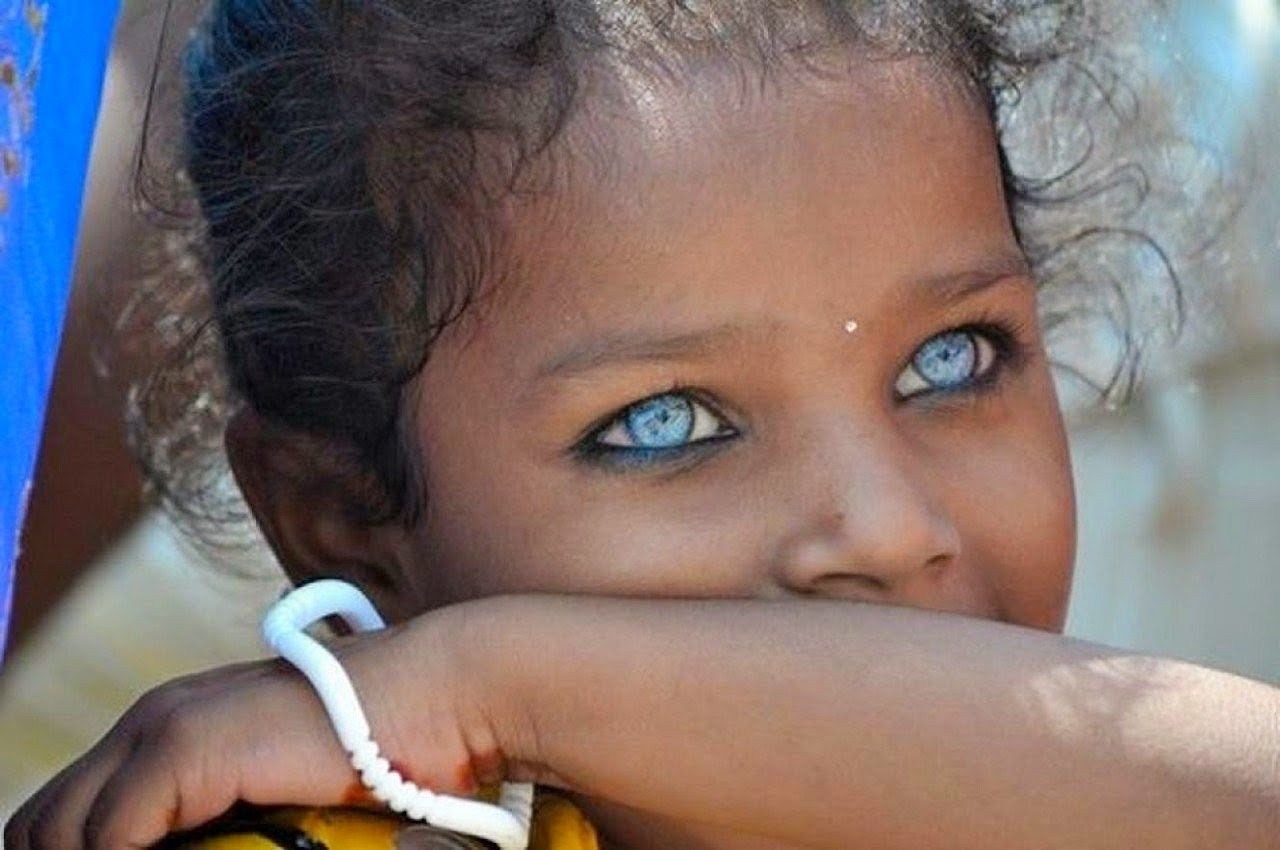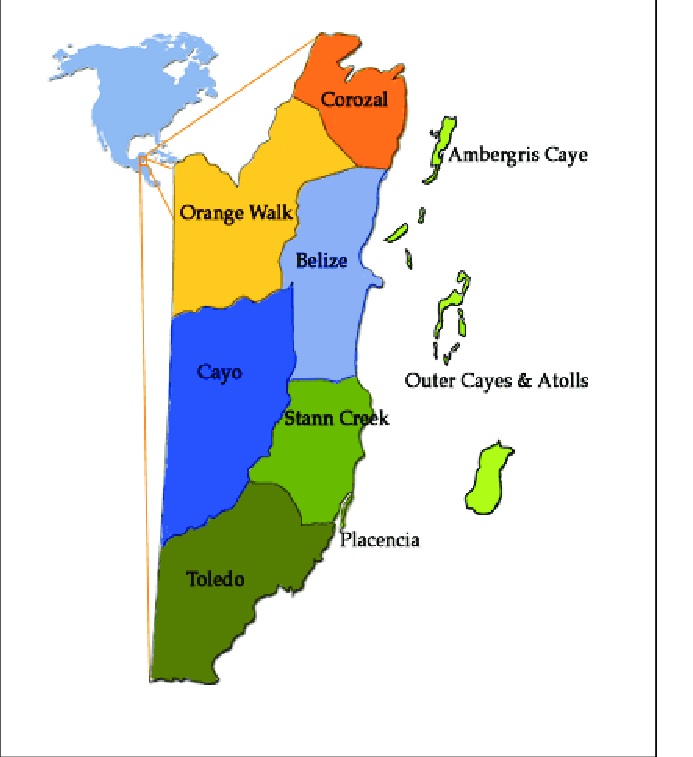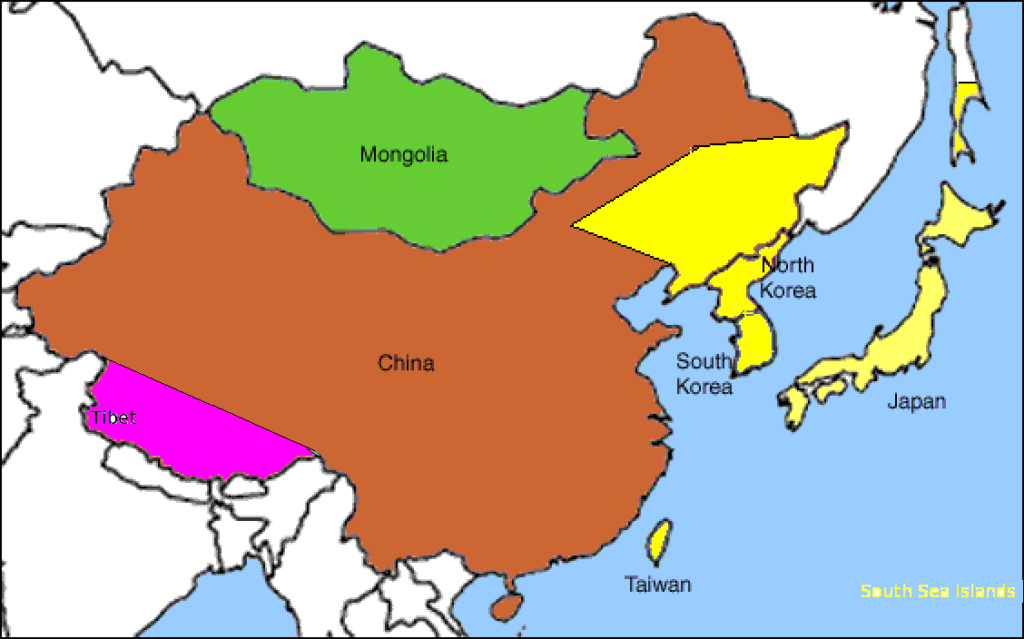Introduction
Eye color is one of the most fascinating aspects of human genetics, with blue eyes being particularly intriguing due to their relative rarity compared to brown eyes. The prevalence of blue eyes varies significantly across the globe, with certain regions exhibiting a much higher proportion of blue-eyed individuals. This guide explores the countries with the highest percentage of blue-eyed people, delving into the historical, genetic, and cultural factors that contribute to this phenomenon.
The Genetics of Blue Eyes
Blue eyes are a result of a genetic mutation that affects the OCA2 gene, which plays a role in the production of melanin, the pigment responsible for eye color. This mutation reduces the melanin in the iris, resulting in blue eyes. The mutation is believed to have occurred around 6,000 to 10,000 years ago in a single individual, and it has since spread through populations in Europe.
Historical Context
The spread of blue eyes is closely linked to migration patterns and historical events in Europe. Early hunter-gatherers in Europe are thought to have had dark skin and eyes, but as agricultural societies developed and people began to settle, genetic variations, including those for lighter skin and eyes, became more prevalent. The mutation for blue eyes likely offered no direct survival advantage but persisted through genetic drift and social factors.
Top Countries with Blue-Eyed Populations
Estonia
Estonia boasts the highest percentage of blue-eyed individuals in the world. Studies suggest that around 89% of Estonians have blue eyes. This high prevalence is a result of the country’s small population size and limited historical migration, which has preserved genetic traits over generations.
Finland
In Finland, approximately 89% of the population has blue eyes, making it another top country for this trait. The Finnish population is relatively homogenous due to its geographical isolation and historical factors, which have helped maintain the genetic mutation for blue eyes.
Sweden
Around 78% of Swedes are blue-eyed. Sweden’s high percentage of blue-eyed individuals can be traced back to the genetic makeup of ancient Scandinavian populations, who migrated and settled in the region thousands of years ago.
Norway
Norway has a significant proportion of blue-eyed people, with estimates ranging from 70% to 80%. Similar to its Scandinavian neighbors, Norway’s genetic history and relatively homogenous population contribute to the high prevalence of blue eyes.
Denmark
In Denmark, around 64% of the population has blue eyes. The Danish population shares a common ancestry with other Scandinavian countries, which explains the high occurrence of blue eyes.
Iceland
Iceland’s population is small and genetically isolated, with about 75% of Icelanders having blue eyes. The country’s genetic pool has remained relatively unchanged due to its isolation and the limited influx of new genetic material.
The Netherlands
Approximately 60% of the Dutch population has blue eyes. The genetic diversity in the Netherlands is higher than in Scandinavian countries, but the prevalence of blue eyes remains significant due to historical population movements and intermarriage within Europe.
Ireland
In Ireland, about 57% of the population has blue eyes. The genetic makeup of the Irish people has been influenced by various waves of migration, but blue eyes have remained a common trait due to the historical presence of Celtic and Norse populations.
Scotland
Scotland has a high percentage of blue-eyed individuals, estimated at around 56%. The Celtic and Norse heritage of the Scottish people has contributed to the prevalence of blue eyes in the population.
Latvia
Latvia, like its Baltic neighbor Estonia, has a significant blue-eyed population, with around 55% of Latvians having blue eyes. The genetic history of the Baltic region has helped preserve this trait over centuries.
The Role of Natural Selection and Genetics
The mutation that causes blue eyes is a recessive trait, meaning both parents must carry the gene for their child to have blue eyes. In populations where this gene is prevalent, such as in Northern and Eastern Europe, the likelihood of blue-eyed children is much higher.
Natural selection has played a role in the distribution of eye color. In regions with lower sunlight, lighter eyes are thought to have been advantageous in terms of vitamin D absorption. However, the exact reasons why blue eyes persisted are complex and may also include social and sexual selection.
Cultural Significance of Blue Eyes
Blue eyes have often been associated with beauty and desirability in various cultures. This perception has been perpetuated by media and popular culture, which frequently highlight blue-eyed individuals as ideal standards of beauty. In some cultures, blue eyes are also believed to be a sign of good fortune and unique personality traits.
Fun and Interesting Facts
Blue Eyes in Ancient Societies
Historical records and archaeological findings suggest that blue eyes were present in various ancient European societies, including the Mesolithic hunter-gatherers and the later Neolithic farmers.
The Vikings and Blue Eyes
The Viking Age saw significant migrations and genetic intermingling across Europe. The Norsemen, known for their blue eyes, spread their genetic traits to regions as far-flung as the British Isles, Russia, and even North America.
Heterochromia
A condition where individuals have two different colored eyes. While rare, it is more frequently observed in regions with a high prevalence of blue-eyed individuals.
Eye Color Change
Some people’s eye color can change over time due to factors like age and lighting. This phenomenon is more noticeable in lighter-colored eyes, such as blue or green.
Commonly Asked Questions
What causes blue eyes?
Blue eyes are caused by a genetic mutation that affects the OCA2 gene, reducing the melanin pigment in the iris.
Are blue eyes more sensitive to light?
Yes, blue eyes tend to be more sensitive to light because they have less melanin, which means they offer less protection against bright sunlight.
Can two brown-eyed parents have a blue-eyed child?
Yes, it is possible if both parents carry the recessive gene for blue eyes.
Why are blue eyes less common in non-European populations?
The genetic mutation for blue eyes originated in Europe and did not spread widely to other regions, making blue eyes less common outside of European populations.
Do blue-eyed people see differently?
Blue-eyed individuals do not see differently in terms of vision clarity, but they may be more sensitive to bright light and glare due to lower melanin levels.
Are there any health concerns associated with blue eyes?
Blue eyes are generally not associated with specific health concerns, but individuals with light-colored eyes, including blue, may be more prone to certain eye conditions like macular degeneration and cataracts.
Can eye color change naturally over time?
Yes, eye color can change due to aging, disease, or trauma, although this is relatively rare.
Is it true that blue eyes are becoming less common?
While the global percentage of blue-eyed individuals may be decreasing due to increased population mixing, blue eyes remain prevalent in regions with historically high frequencies of the trait.
How rare are blue eyes globally?
Blue eyes are relatively rare on a global scale, with estimates suggesting that only about 8% to 10% of the world’s population has blue eyes.
What is the significance of blue eyes in different cultures?
In many cultures, blue eyes are associated with beauty, rarity, and sometimes mystical or supernatural qualities.
Conclusion
The prevalence of blue eyes in certain countries is a fascinating example of human genetic diversity. From the high percentages in Northern and Eastern Europe to the lesser frequencies in other parts of the world, blue eyes remain a subject of intrigue and admiration. Understanding the genetic, historical, and cultural contexts of blue eyes provides a deeper appreciation for this unique human trait. Whether through the lens of science or cultural history, blue eyes continue to captivate and inspire curiosity.
- 10 Biggest Urban Parks In The World - September 30, 2024
- 10 Animals Found In Brazil - September 29, 2024
- The Best Small Towns To Retire In Virginia - September 21, 2024





